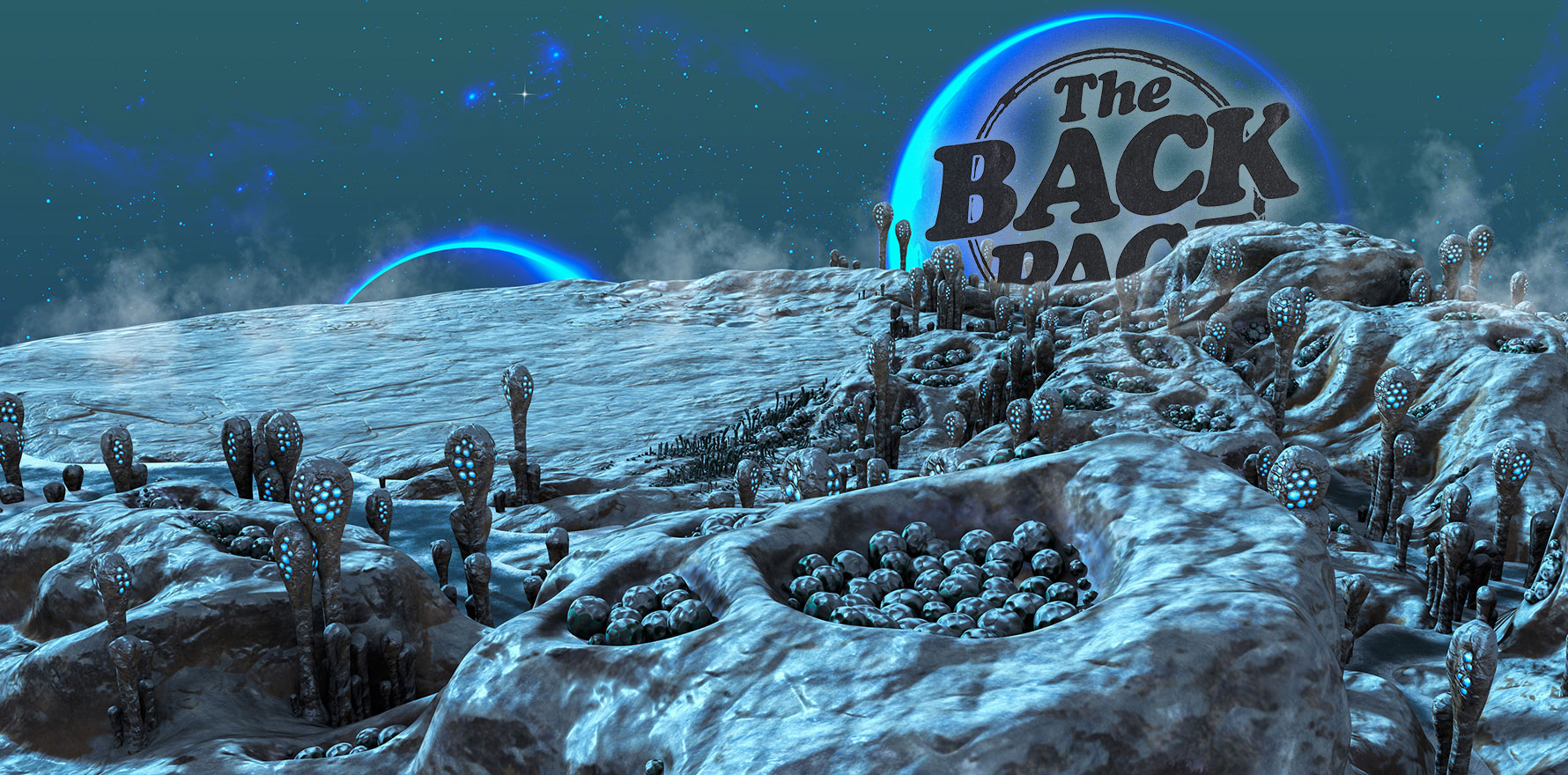124 light years away, a massive planet is showing signs of bacterial life.
New data from the James Webb Space Telescope has seemingly confirmed the presence of two gases associated with the presence of carbon-based life forms on a planet orbiting the cool dwarf star K2-18b.
While by no means confirmation (let’s not get ahead of ourselves), the evidence adds to the possibility (I’m being very careful here) that the planet is host to extraterrestrial life (!!!).
Located about 124 light years away, kinda near the back foot of the Leo constellation, this is not K2-18b’s first brush with fame; it’s the same planet which was found to contain carbon-bearing molecules like methane and carbon dioxide in a previous peep through the James Webb Space Telescope.
It’s a possible hycean exoplanet, which is boffin-speak for a planet with a hydrogen-helium atmosphere (that’s the hy) surrounding a watery ocean (that’s the cean).
The new research, which was published earlier this month in The Astrophysical Journal Letters, is independent evidence that both dimethyl sulfide (DMS) and dimethyl disulfide (DMDS) not only exist in K2-18b’s atmosphere but do so with a high abundance.
While there are some ways to produce DMS and DMDS that have nothing to do with the presence of life forms – e.g. certain gas mixtures or ultraviolet irradiation – both molecules tend to be uniquely produced by marine biota here on Earth.
Then there’s the fact that the abiotic methods of producing DMS and DMDS tend to be short-lived, only staying in Earth’s atmosphere for a few hours.
The presence of DMS and DMDS in K2-18b’s atmosphere is sustained, pointing toward the presence of life forms.
“Observations with [James Webb Space Telescope] are already demonstrating that possible hycean worlds indeed significantly expand and accelerate the search for life elsewhere,” the authors wrote.
“The central question now is whether we are prepared to identify the signatures of life on such worlds.
“The opportunity is at our doorstep.”
Eeee. I want to believe.
Send your out-of-this-world story tips to penny@medicalrepublic.com.au.


